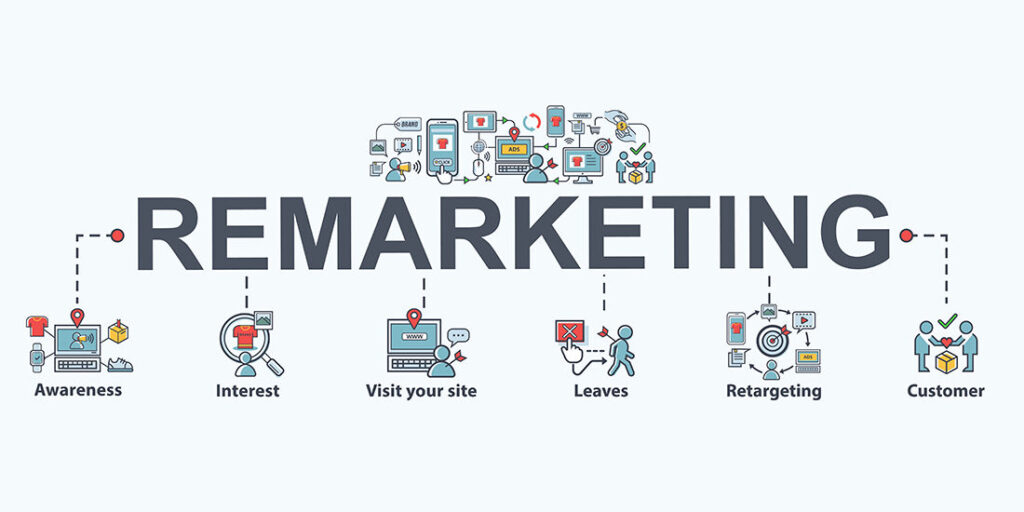As a business owner or marketer, you might be familiar with the concept of PPC (pay-per-click) advertising. PPC is a form of digital marketing where businesses pay a fee each time one of their ads is clicked. It’s a great way to drive traffic to your website and increase your online visibility. However, not all visitors who click on your ads will convert into customers. That’s where re-marketing comes in. Re-marketing is a technique that allows you to show targeted ads to people who have already visited your website. In this blog, we will discuss 7 steps for successful re-marketing in PPC.
Step 1: Define your re-marketing goals
The first step in any re-marketing campaign is to define your goals. What do you want to achieve through re-marketing? Is it to increase conversions, generate more leads, or boost brand awareness? Once you have a clear idea of your goals, you can create re-marketing campaigns that are specifically designed to achieve them.
Step 2: Identify your re-marketing audience
The next step is to identify your re-marketing audience. This includes people who have visited your website but have not converted into customers. You can use various tools, such as Google Analytics, to track your website visitors and segment them based on their behavior. This will help you create targeted re-marketing campaigns that are tailored to their interests and needs.
Step 3: Create engaging ad content
The success of your re-marketing campaign largely depends on the quality of your ad content. Your ads should be visually appealing, have a clear message, and offer something of value to your target audience. You can use various ad formats, such as text, image, or video ads, depending on your goals and the preferences of your audience.

Step 4: Choose the right re-marketing platform
There are several re-marketing platforms available, including Google Ads, Facebook Ads, and LinkedIn Ads. Each platform has its own strengths and weaknesses, so you need to choose the one that is best suited to your goals and audience. For instance, if you want to target B2B customers, LinkedIn Ads may be a better choice than Facebook Ads.
Step 5: Set up re-marketing tags
Re-marketing tags are snippets of code that you need to add to your website to track visitor behavior and trigger re-marketing ads. You can set up re-marketing tags using the re-marketing platform of your choice. Make sure to test your tags to ensure that they are working correctly.
Step 6: Create re-marketing lists
Re-marketing lists are groups of website visitors who have performed a specific action, such as adding a product to their cart or visiting a particular page. You can create re-marketing lists based on various criteria, such as time spent on your website or the number of pages visited. This will help you create targeted re-marketing campaigns that are tailored to the specific interests and needs of your audience.
Step 7: Monitor and optimize your re-marketing campaigns
The final step is to monitor and optimize your re-marketing campaigns. Use the analytics tools provided by your re-marketing platform to track your campaign performance, such as click-through rates, conversion rates, and cost per conversion. This will help you identify areas for improvement and make data-driven decisions to optimize your campaigns.
In conclusion, re-marketing in PPC is a powerful technique that can help you reach out to people who have already shown an interest in your products or services. By following the 7 steps discussed in this blog, you can create successful re-marketing campaigns that drive conversions, generate leads, and boost your brand awareness. Remember to define your goals, identify your audience, create engaging ad content, choose the right re-marketing platform, set up re-marketing tags, create re-marketing lists, and monitor and optimize your campaigns. With the right strategy and approach, re-marketing can be a highly effective tool for growing your business and increasing your revenue. So, start planning your re-marketing campaign today and see the results for yourself!


